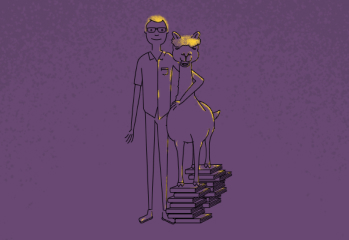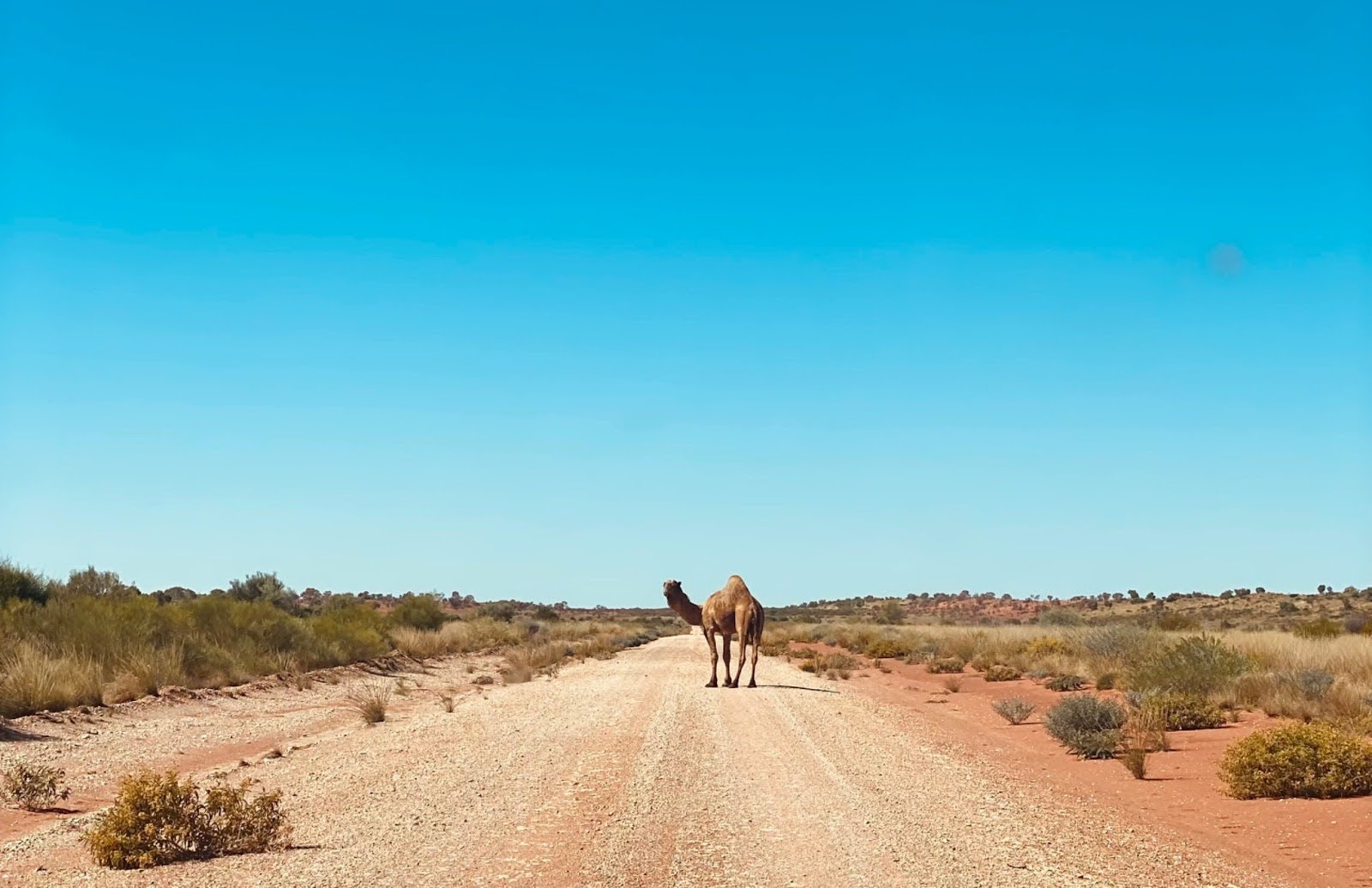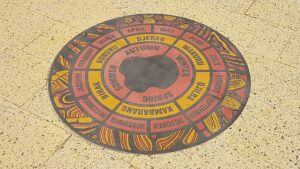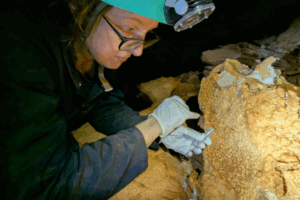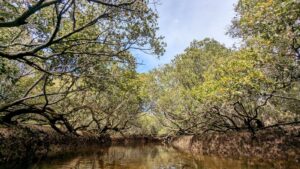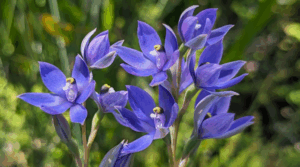Invasive species have been decimating Australian ecosystems for hundreds of years.
The introduction of feral cats, foxes, rats and grazing animals like sheep and goats has caused the extinction of many native animals.
But there’s a threat to biodiversity to equal feral cat and fox predations that’s rarely spoken of – and it’s getting worse.
KILLER GRASS
Buffel grass (Cenchrus ciliaris) is native to northern Africa, the Middle East and southern Asia, including India and Indonesia.
Brought to Australia in the late 19th century by cameleers, it has spread across much of Australia’s arid regions, including the Pilbara.
It’s also deliberately spread to improve the production of pasture on rangelands.
Buffel grass now has the potential to occupy 70% of the continent.
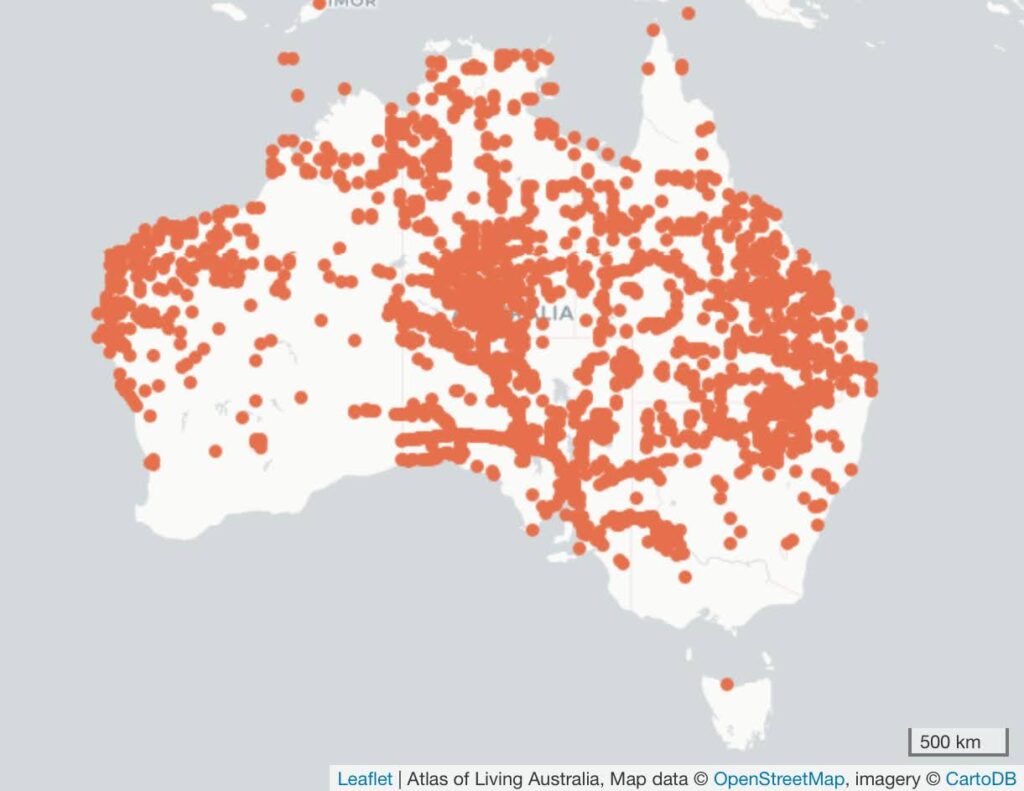
Credit: via Atlas of Living Australia
THE ULTIMATE INVADER
Buffel grass can live for a long time, has very deep roots and produces a large amount of seed. It’s also highly tolerant to drought and thrives in nutrient-poor soil.
These features enable it to spread incredibly quickly.
A 2020 study found the threat buffel grass poses to biodiversity equals that of feral cats and foxes.
As well as threatening native species, it increases Australia’s risk of fire and impacts Aboriginal culture.
UNDER THREAT
Buffel grass directly threatens 27 endangered Australian species. This includes animals living at sea and in the air.
At the Ashmore Reef Marine Park, 630km north of Broome, buffel grass is threatening turtle and seabird populations.
The marine park consists of a large oceanic reef and three islands – West, Middle and East. It is Commonwealth heritage listed and a Ramsar listed wetland.
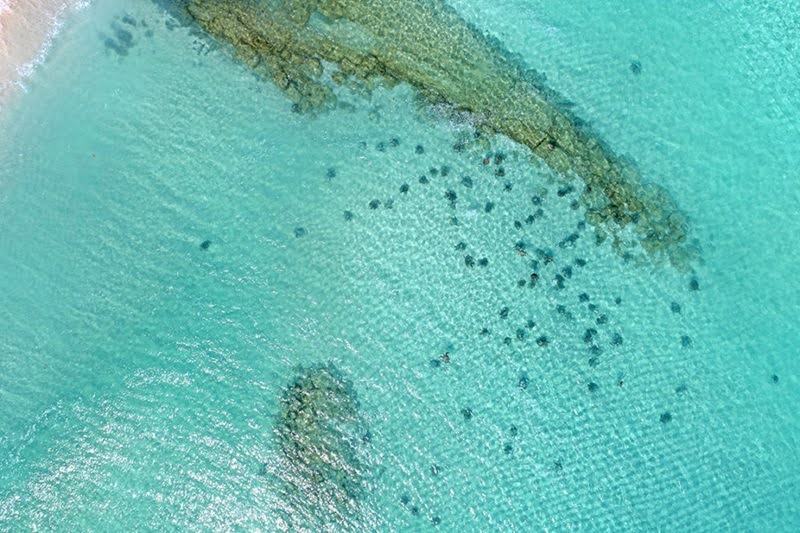
Credit: CSIRO
Darren Phillips is the Senior Marine Parks Officer at Parks Australia. His first trip to the Ashmore Reef was in early 2024.
“The biggest thing that struck me was the sound of the birds. The noise was intense,” says Darren.
“There’s well over 100,000 seabirds on West Island.”
In the 5 years between research visits, buffel grass on West Island doubled, says Darren.
This fast-growing grass is reducing the ability of turtles and seabirds to nest, threatening their populations.
BURNS LIKE TINDER
Buffel grass is generating a greater fire risk in Australia too.
Lyall Grieve is Biosecurity and Conservation Analyst at the Invasive Species Council.
“Once a fire gets to buffel grass, it burns like tinder,” says Lyall.
“It’s an incredibly [flammable] grass. It means that there are more regular hot fires and more frequent fires as well.”
While WA hasn’t had any major fires caused by buffel grass, Alice Springs, Port Augusta and Coober Pedy have.
Buffel grass has been declared a weed in the Northern Territory and South Australia, where devastating buffel grass fires have occurred.
A REALLY SIGNIFICANT ENVIRONMENTAL PROBLEM
Buffel grass also drastically impacts Aboriginal communities.
“It’s been identified as a really significant environmental problem for a long time in Indigenous communities,” says Lyall.
“For decades, the Aboriginal communities in remote areas have been speaking out and demanding action.”

Credit: Rohan Carboon
Lyall says Indigenous people in the desert regions have labelled buffel grass “the thing that is killing culture”.
“They mean that in every sense of the word,” says Lyall.
“It’s removing their ability to connect to Country, it’s removing their ability to access and use their sacred sites and removing access to their food and medicine [plants].”
The South Australia Government reiterates this sentiment. It says buffel grass will “damage cultural sites and [reduce] the ability to pass on cultural knowledge to the next generation”.
“That spiritual connection is broken,” says Lyall.
To restore the landscapes and connection to Country, teams are trialling eradication methods.
HOW HARD CAN IT BE?
Buffel has only spread dramatically in the last few decades. This means its full scale of destruction is yet to be seen.
Lyall says the negative impacts of this weed are so drastic the Threatened Species Commissioner said it’s a no-brainer to list it as a weed.
At Ashmore Reef, a team from Parks Australia, CSIRO and Monash University are researching how to eradicate it from the marine park.
Darren says they’re applying three treatments to the buffel grass to find the most effective removal technique.
The results are yet to be published, but anecdotally Darren says digging up buffel roots and spraying flupropanate (a herbicide) has been the most effective treatment so far.
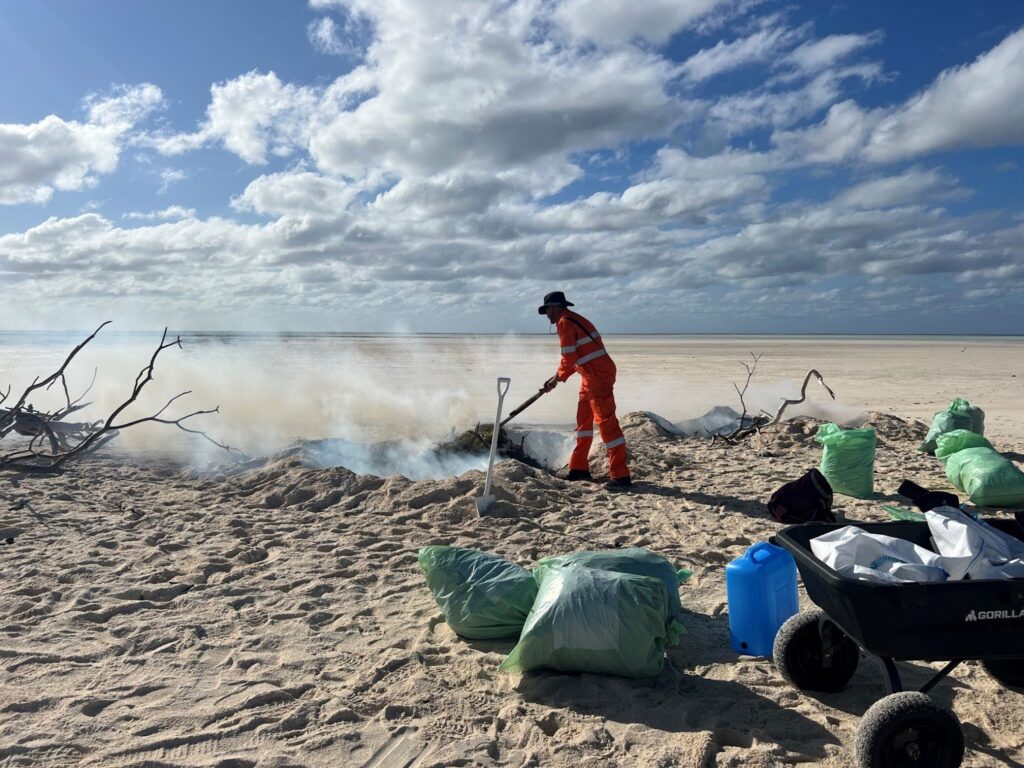
Credit: Supplied: Parks Australia
Aboriginal ranger teams across WA, the NT and SA are hard at work to protect their Country and culture.
In WA, the Spinifex Ranger team is the “last line of defence” to keep buffel grass out of the Great Victoria Desert.
The team has mapped buffel grass infestations across thousands of kilometres and spray herbicides to combat the invasion.
Other ranger teams, particularly in the NT, are using traditional burning practices to remove buffel.
Lyall says getting buffel grass listed as a weed of national significance is critical.
“Weed management is not consistent across Australia,” says Lyall.
“Once it’s listed as a weed of national significance, then the government has to support the control efforts.”

Credit: Cat Williams
BATTLING BUFFEL
To make matters more complicated, buffel grass is an important food source for cattle during drought periods.
Buffel doesn’t need to be eradicated from areas where it is valued such as pastoral stations. However, its management is crucial to the survival of our native ecosystems and Traditional Aboriginal knowledge.
Early research is promising. Native plants and animals in the NT have bounced back in areas where buffel has been removed.
Lyall says securing funding, listing the grass as a weed of national significance and supporting farmers to adapt to find an alternative food source are key to beating buffel.
“If I was a betting person, I’d say right now it’s heading into the ‘not so good’ chances,” says Lyall.
“But I’m an optimist so I think if we take it seriously, get some funding and commitments from government … I think we can do it.”
“This is where we can make a difference.”
